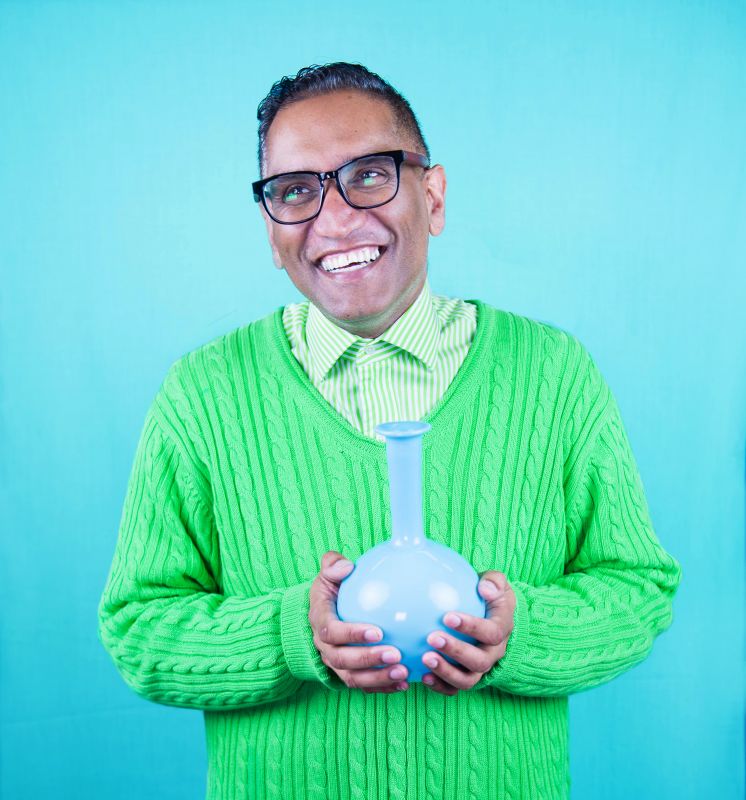Meet VCA Art
Behind every great arts teaching institution are the people who inspire – and learn from – the artists of tomorrow. Here, nine leading staff members from VCA Art discuss their roles and arts practice.
Jan Murray
Head of School and Deputy Director Teaching and Learning
Started working at the VCA in 1982-3, as a sessional
Which living artist do you most admire?
At the moment, I am more preoccupied with the dead and that list would include: Lucio Fontana, Rene Magritte and Domenico Gnoli, to mention just a few. With the “living”, that changes from hour to hour, week to week, month to month, year to year, and is dominated by mostly women artists.
How would you describe your own arts practice?
I am a painter who explores the “anatomy” of painting and its contemporary condition.
What is your current state of mind?
Sanguine – because it is such a beautiful word.
What’s the best thing about working at the VCA?
I often say I haven’t left school yet. I first came to the VCA as a graduate student in 1980 and it has been my “other family” since then. So, it has played a crucial and central role in shaping my career as an artist and academic, and that is an invaluable gift.
What do you consider your greatest achievement?
My relative sanity and my enduring art practice – that has supported me throughout, as well as the numerous students I have had the privilege to teach/supervise over many years.

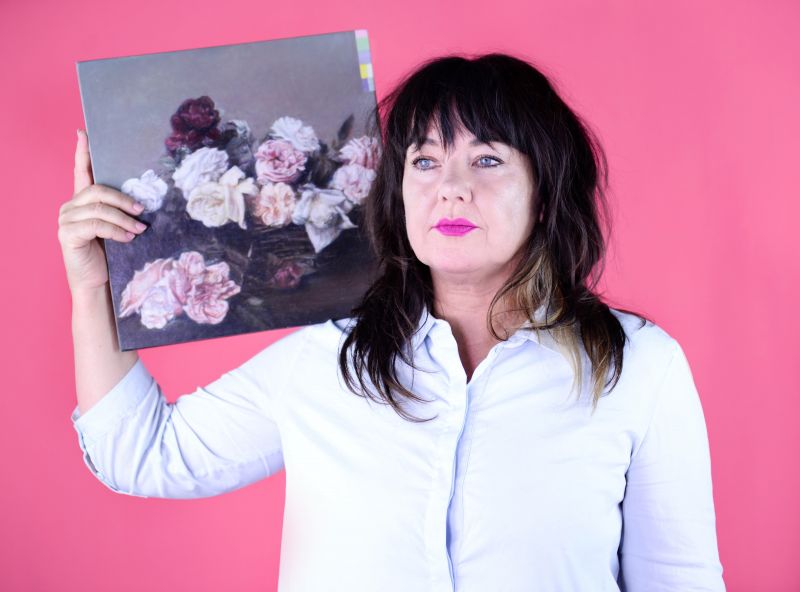
Kate Daw
Deputy Head, School of Art and Head, Painting, School of Art
Started working at the VCA in 2000
Which living artist do you most admire?
It changes all the time, depending on what my work is doing. This year, two authors come to mind, Elena Ferrante and Eimear McBride, for their evocation of the complexity of female experience.
How would you describe your own arts practice?
My art practice is primarily a conceptually focused one. It is inspired as much by ideas found in literature, design and visual culture more generally, as the mediums of practice, including painting, that I work in.
What is your current state of mind?
I’m starting to dream of Cottesloe Beach, my annual summer holiday destination.
What’s the best thing about working at the VCA?
Without doubt, the people, both staff and students, and the fact that all staff are artists. We “get it” (the life that is being an artist) and we know how to work with our students to allow them to get it too. The location isn’t bad either.
What do you consider your greatest achievement?
To have created a life that has managed to embrace an art practice and family. I’d like to think it’s not an issue these days, but the reality is that it’s hard to juggle the complexities that art and children require, especially as a woman. I hope I’m a strong role model for my students.
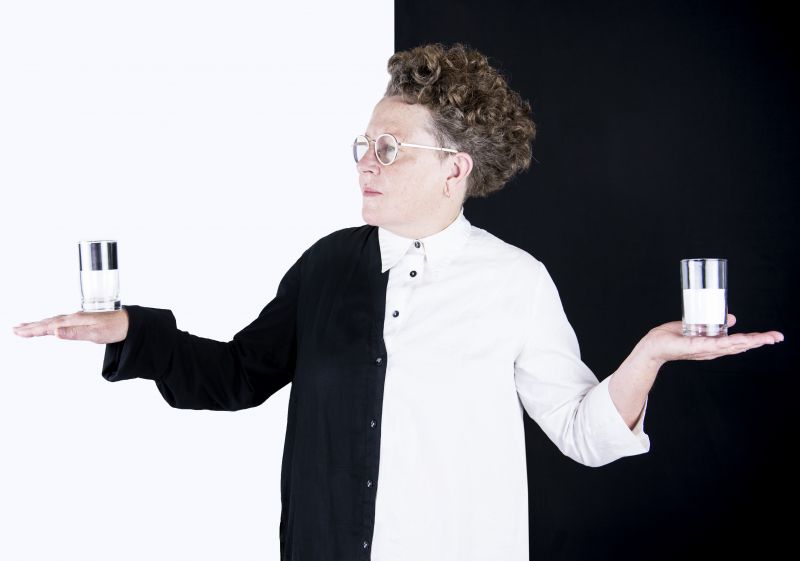
Lou Hubbard
Head of Photography, School of Art
Started working at the VCA in 1995
Which living artist do you most admire?
Bruce Nauman. He demonstrates that the practice of making art is more important than the end product. His work is not easily defined by its materials, styles, or themes, although sculpture is central to it. It blends ideas from Conceptualism, Minimalism, performance art, and video art. Nauman’s love of wordplay infuses his work with a satirical and sometimes absurdist tone and yet also touches on obsessive behaviour and frustration. I identified with Nauman’s practice when developing my own.
How would you describe your own arts practice?
A video, sculpture and performance practice that focuses on training and submission, and the aesthetics of sentimentality. Absurdist overtones with a gravely literal narrative undertow.
What is your current state of mind?
Extremely alert, but slightly alarmed.
What’s the best thing about working at the VCA?
I am consistently inspired through interactions with some of the most interesting and creative people I've ever met.
What do you consider your greatest achievement?
Applying my imagination to a life in art and education.
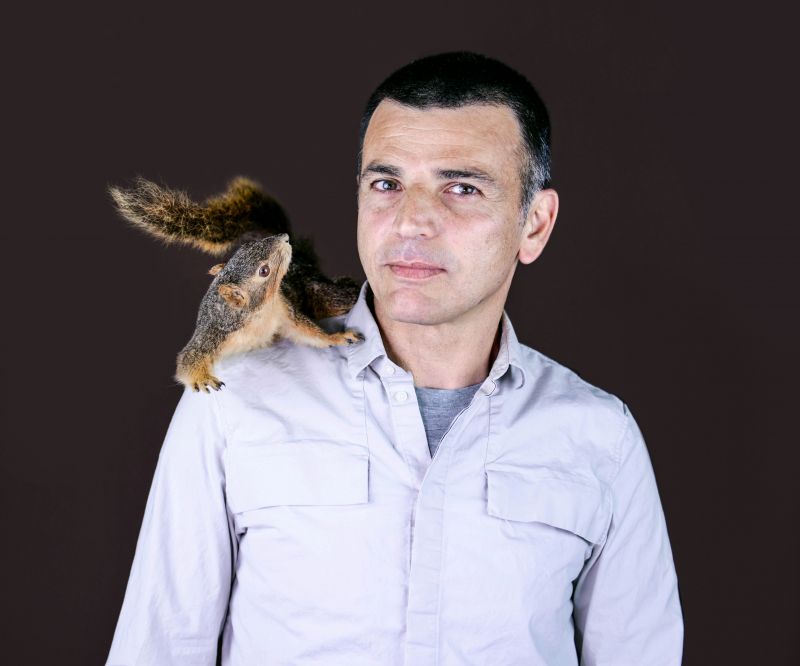
Raafat Ishak
Lecturer – Drawing and Printmedia
Started working at the VCA in 2010
Which living artist do you most admire?
Peter Tyndall. He questions the very essence of making and looking at art, implicating the historical and political contexts of contemporary practice while maintaining a slender hold on the modernist aspirations of mid to late 20th-century art.
How would you describe your own arts practice?
Painting, sculpture, installation, some photography and a number of collaborations with other artists. Practice informed by politics, economics, governance, history and social structures but predominantly concerned with the language(s) of aesthetics.
What is your current state of mind?
Anxious but brave.
What’s the best thing about working at the VCA?
Other than being part of a great tradition of fine art education and working alongside an incredible and committed group of artists, VCA students continue to reassess, renew and revitalise what art can mean and do for young aspiring artists.
Students inspire and educate and in turn sustain the possibilities inherent in art education and the future of art practice.
What or who is the greatest love in your life?
My three children.
Mark Shorter
Lecturer in Sculpture and Spatial Practice
Started working at the VCA in 2015
Which living artist do you most admire?
Sylvester Stallone.
How would you describe your own arts practice?
Performance based, discursive experimental.
What is your current state of mind?
Right now? Calm.
What’s the best thing about working at the VCA?
The people.
What or who is the greatest love in your life?
My partner Caraline.
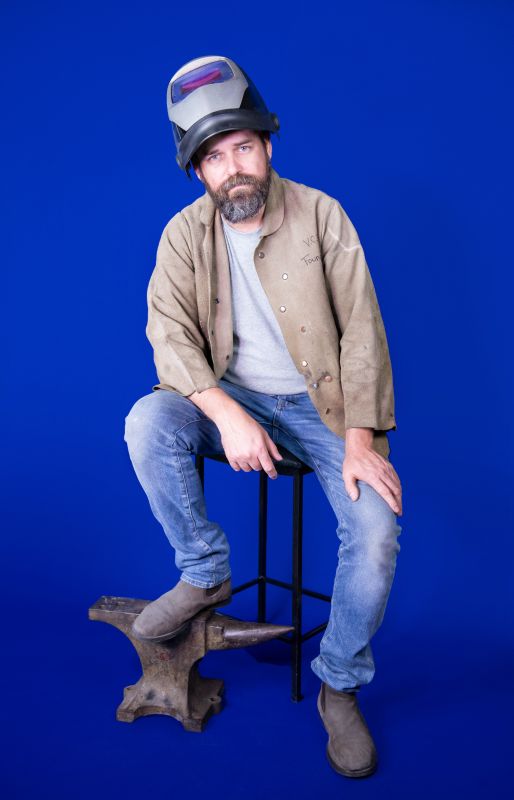
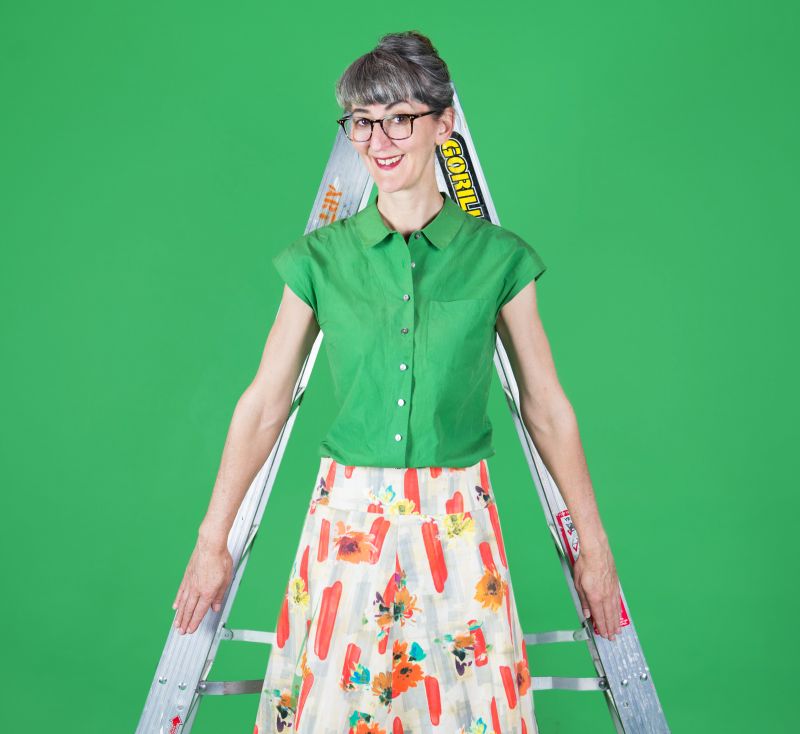
Simone Slee
Head, Sculpture and Spatial Practice
Started working at the VCA in 2006
Which living artist do you most admire?
There are almost too many to name – and all for different reasons: Nairy Baghramian, Phyllida Barlow, Mikala Dwyer, John Baldessari, Bruce Nauman, Robert Morris, Lynda Benglis are examples of the many artists I love. There are also many artists who are not alive whose work I am inspired by: Lygia Clark, Helio Oiticica, Charlotte Posenenske, Eva Hesse, and Douglas Heubler, for example. I am drawn to a range of different attributes in their practice: the material expression, conceptual framing, the emphasis on process and the role of the body in the production of the work, and humour.
How would you describe your own arts practice?
I make sculptural works that have a performative potential. Sometimes those works are video, photographs, installations or sculptures. Materials and the body are often used in contingent fashion where failure, humour and vulnerability continue to emerge as attributes in the work.
What is your current state of mind?
Great!
What’s the best thing about working at the VCA?
I love seeing the miracle of the creative process. I am always in great admiration of the creative risks our young artists take. They often start with nothing and produce something completely beyond the reach of any of our expectations. It is exciting.
Bernhard Sachs
Phd Coordinator/Graduate Coursework Coordinator (Master of Contemporary Art), School of Art (2016);
Graduate research Coordinator (Phd, MFA) School of Art (2017)
Started working at the VCA in 1990
Which living artist do you most admire?
Heidegger noted that it is not the artist that makes art, it is the artwork that makes the artist. Without this the artist does not exist. Art is the insatiable desire to live – artists are the furious half-dead seeking this satiation, living on in their work. Therefore, the list of the greatest living artists is infinite: Titian, Goya, Durer, Grunewald, Rembrandt, Velasquez, Pier Paolo Pasolini, Marcel Duchamp, Joseph Beuys ... a thousand Egyptian heiroglyphists ... the anonymous shaman of Khabarovsk who made the transparent fishskin suit seen in its ethnographic museum in 1982.
How would you describe your own arts practice?
Participating in that insatiation.
What is your current state of mind?
Transverberative.
What’s the best thing about working at the VCA?
Being with art.
What do you consider your greatest achievement?
To be.

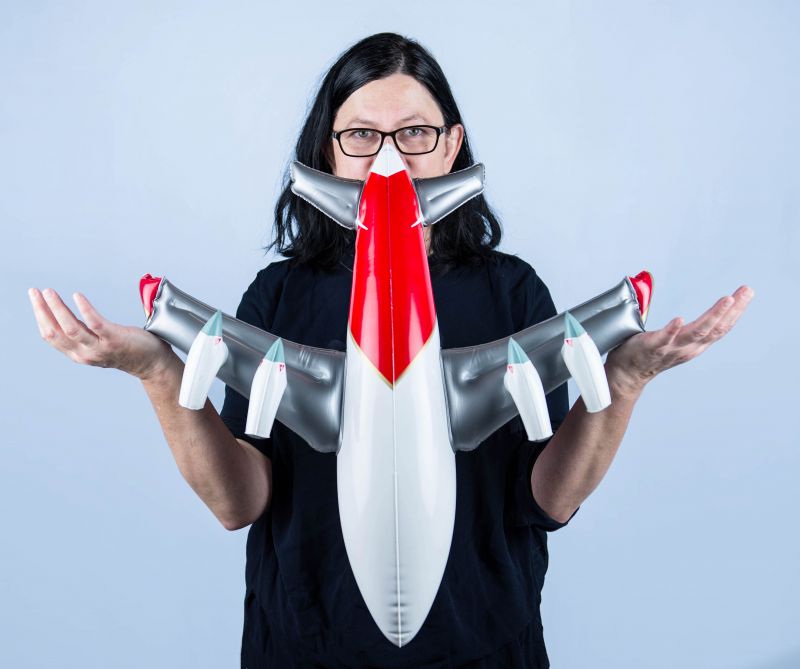
Sanja Pahoki
Lecturer
Started working at the VCA in 2000
Which living artist do you most admire?
Sophie Calle. I admire how accessible and gutsy her art is. I like that she makes work about her intimate relationships, particularly failed ones. She is a great, clear writer. Sometimes, visual artists aren't so good with using text in their work but I think she is brilliant. I also like how open and honest Calle is in her work but I am also never quite sure what is fact and what is fiction. I read this story about her the other day where she described her late mother, who Calle said was quite vain. Her mother was jealous that Calle had never used her in her art but had made
work about her father. When Calle's mother was dying in hospital, Calle decided she wanted to video her mother and capture the moment of her passing. Calle was in the hospital room filming her unconscious mother when suddenly her mother woke up and saw the camera. She turned to Calle and exclaimed, “Finally, at last!”.
How would you describe your own arts practice?
I think it's that I look at my whole life ... and I see the awful things in my life ... and turn them into something funny. I turn my life into art.
What is your current state of mind?
Alarmed not alert.
What’s the best thing about working at the VCA?
I work within a great, small team of incredibly supportive and inspiring artists/teachers. Our main mission is to get the best results for art, both from our own artistic practices and that of the students.
Who is the greatest love in your life?
It used to be Elvis but now it is Matty J from the 2016 season of The Bachelorette.
David Sequeira
Director, Margaret Lawrence Gallery
Started working at the VCA in June 2016
Which living artist do you most admire?
Haim Steinbach; Olafur Eliasson.
How would you describe your own arts practice?
I am always exploring the idea of curatorship as art practice. By this I mean that I am curious about the contribution of artists to museology, education, art history and the role of curatorship. I am especially interested in how all of this intersects with the languages of colour and geometry.
What is your current state of mind?
I am always curious about the blurry zone between profundity and banality, not just in art, but in politics, globalisation, spirituality etc.
What’s the best thing about working at the VCA?
Having access to so many artists – emerging, mid-career and senior. It is exciting to be around them, and invigorating to be part of such a dynamic institution that values studio-based learning.
Who or what is the greatest love in your life?
I love museums, music and food.
